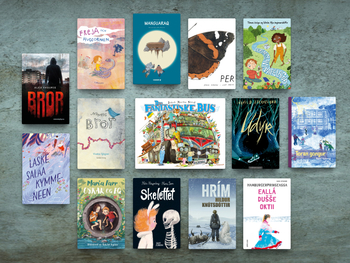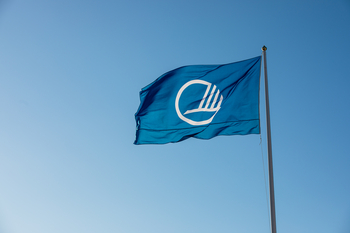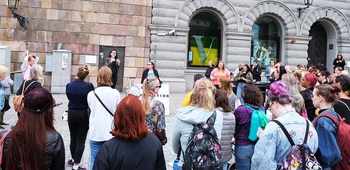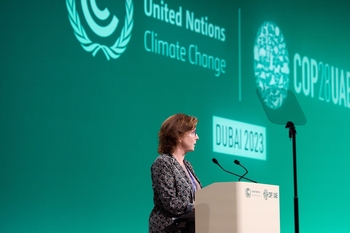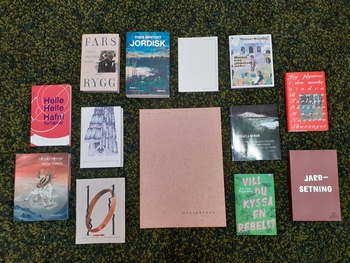New Nordic report: Nordic people are major consumers of culture
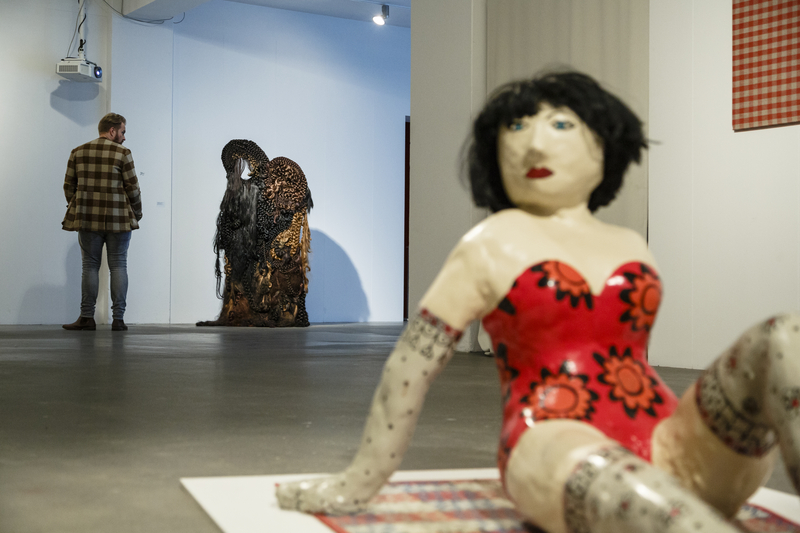
A detailed look at the data in State of the Nordic Region reveals that Icelanders go to the cinema on average 4.2 times a year, way ahead of the Norwegians on 2.5 times
the Danes in third place on 2.3, Sweden 1.8 and Finland 1.6.
The Danes also come in third for the number of cinemas at 163, way behind Sweden on 418 and Norway on 201. Iceland may only have 15 cinemas but per capita it actually has the largest number at 0.45 per 10,000 people, followed by 0.42 in Sweden, 0.39 in Norway and 0.29 in Denmark.
Libraries popular in Finland
Virtually all Nordic towns and cities have at least one public library. In general, the people of the Region use them regularly but the Finns top the list with twice as many visits as Norwegians.
Three of the Nordic capitals – Helsinki, Stockholm and Copenhagen – have the most library visitors: Helsinki with 6.3 million visitors to 37 libraries, Stockholm with 6 million to 45 libraries and Copenhagen with 4.6 million to 20. With only 20 libraries and just 2.5 million visitors a year, Oslo is the capital with the fewest library visits.
Sweden has most museums
Sweden is way ahead of the rest of the Nordic Region for museums. Stockholm and Copenhagen have the largest number of museums – and of visitors to them – among the Nordic cities.
The region around the south of Sweden and Greater Copenhagen stands out in particular: Copenhagen, Elsinore, Fredensborg, Malmö and Hälsingborg attract 5.5 million museum visitors a year, which is more than any other part of the Nordic Region.
On its own, however, Stockholm is the single city with the most museums – and most visitors to them. In fact, Stockholm museums attract three times as many visitors as those in Copenhagen and twice as many as the region around Copenhagen.
State of the Nordic Region is published every two years and is part of a general attempt by the Council of Ministers to provide decision makers with greater knowledge and insight.
“State of the Nordic Region compiles knowledge and information that provides a holistic perspective on developments in the Region and helps decision-makers to draw up new policies. It highlights our successes and sheds light on the challenges we face in key areas of society. This is Nordic co-operation at its very best,” says Dagfinn Høybråten, Secretary General of the Nordic Council of Ministers.
State of the Nordic Region is produced by Nordregio, the Nordic Council of Ministers’ research centre for regional development and planning. The chapter on culture was written in collaboration with the Swedish Agency for Cultural Policy Analysis in the Nordic Region.
Facts:
State of the Nordic Region is a unique collection of data on economics, demographics, employment, education, and much more, illustrated with specially designed national maps. Published every other year by the Nordic Council of Ministers, the report ‘takes the temperature’, as it were, of the regions and local authorities. It includes a Regional Potential Index showing how dynamic the 74 different areas that make up the Nordic Region are based on traditional, comparable, statistical parameters. The index was designed by Nordregio, the Nordic Council of Ministers’ research centre for regional development and planning.
Read the report in full here:
